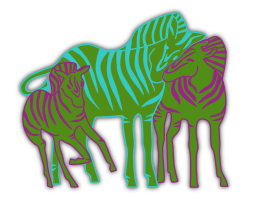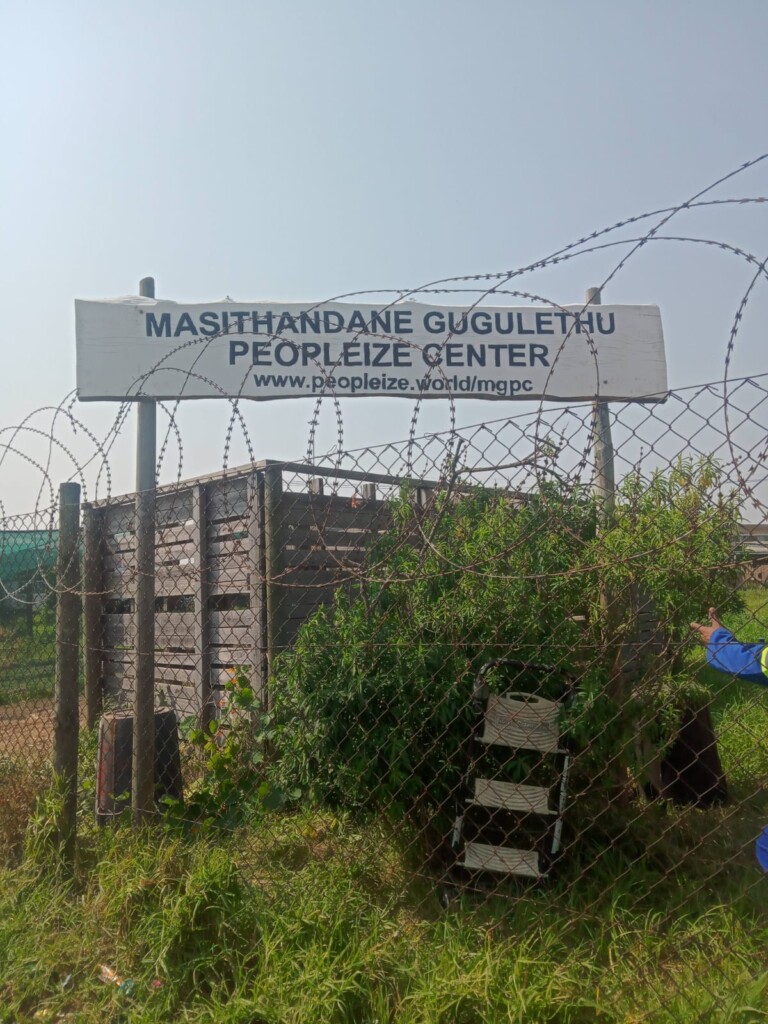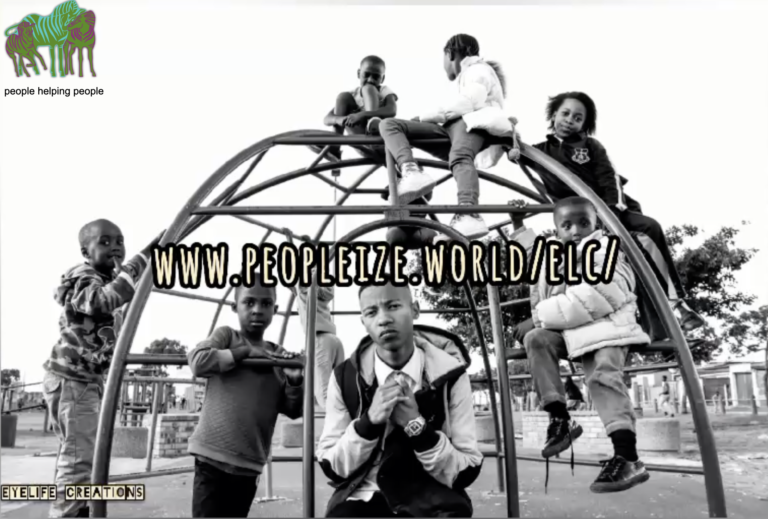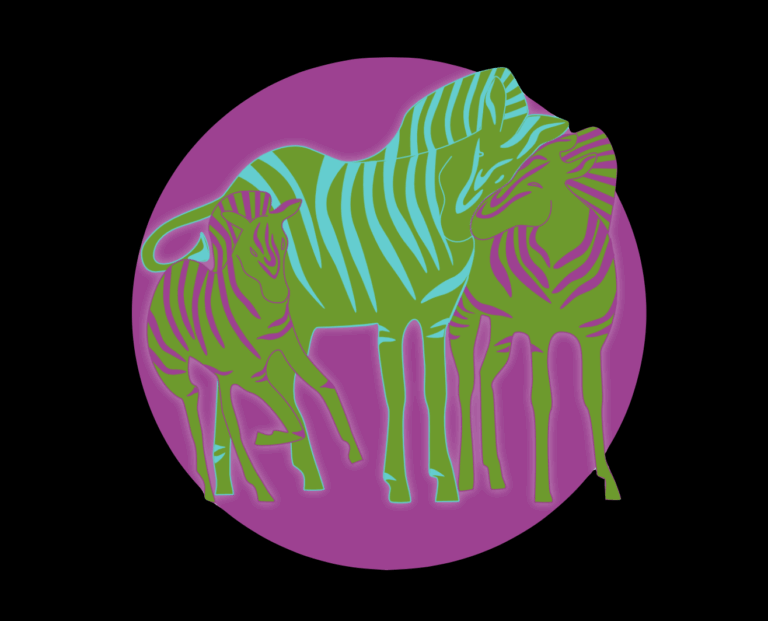Civilization does not mean Equality of people
Let’s stop telling a comforting story about civilization. The historical record is clear, and it is not a story about the march toward equality. It is the story of building and maintaining systems of control through strict social hierarchy.
This is not a theory. It is the documented reality of every major civilization, from its origins to the present day. The evidence is in their own laws, their social structures, and their explicit statements about who mattered and who did not.
The Foundation: Greece and Rome, Architects of Hierarchy
1) We begin with Ancient Greece (Roughly 2,366 to 2,170 SunRun (years) ago), specifically Athens, so often misrepresented as the pure birth of democracy. The facts are precise: Athenian democracy was a system of civic rules designed for the control and benefit of a privileged few.
-
The Hierarchy was Legal and Deliberate: Full political rights belonged only to adult, male, Athenian-born citizens. This was a small fraction of the population.
-
Women were legally minors for their entire lives, under the control of a male guardian (a kyrios). They could not vote, own property, or participate in public life.
-
Metics (foreign residents) were free but had no political rights and faced significant legal restrictions.
-
Slaves were property. They were the foundation of the Athenian economy, providing the labor that allowed male citizens the leisure for politics and philosophy. Aristotle explicitly defended this system, stating that some people are “natural slaves.”
This was not an oversight. It was the intended structure. “Civilized” life for the Athenian citizen was built on the explicit servitude of others.
2) The Roman Empire (Roughly 2,051 to 1,548 SunRun (years) ago) then engineered this hierarchy to an industrial scale, perfecting a model of control.
-
The Absolute Power of the Paterfamilias: Roman society was built on the absolute authority of the eldest male, the paterfamilias. His power (patria potestas) was not metaphorical; it was the legal power of life and death (ius vitae necisque) over his children, his wife, and his slaves. The entire household was a microcosm of the empire itself: a rigid, autocratic hierarchy.
-
A Citizenship hierarchy, Not a Universal Right: Rome’s famous legal sophistication was a tool for imperial administration, not social equality. The principle of “equality before the law” was a privilege reserved for Roman citizens—a status initially limited to those in Rome itself. Below them were various tiers of non-citizens, allies, and subjects, each with different rights.
-
An Economy Powered by Conquest and Enslavement: The luxury of Rome was directly funded by the systematic exploitation of conquered masses. Slavery was the engine of the economy. Millions of slaves worked the vast plantations, mined the metals, and built the iconic architecture. The Roman peace (Pax Romana) was, for the majority, a peace maintained through the threat of overwhelming force and the reality of servitude.
This Roman model, a powerful state upholding a strict legal hierarchy where the prosperity of the few depended entirely on the controlled labor of the many was not an anomaly. It was the blueprint.
3) The Holy Roman Empire of the German Nation (Roughly 1,224 to 218 SunRun (years) ago) and The Holy Roman Empire Continuation of the hierarchy
The model did not die with Rome. The Christian kingdoms of Europe, the Holy Roman Empire of the German Nation, Spain, France, and England perfected the system by giving it divine justification.
Papal Sanction for Expansion: From Religious War to Racial Hierarchy
This divine justification was formally extended to colonial conquest. In 1452, Pope Nicholas V issued the bull Dum Diversas, granting King Afonso V of Portugal the right to reduce “Saracens, pagans and any other unbelievers” to “perpetual slavery.” This was followed in 1455 by Romanus Pontifex, which sanctified the seizure of non-Christian lands and the enslavement of their inhabitants. While these doctrines targeted a range of non-Christians, they created the legal and moral precedent under God that European powers would eagerly apply to the peoples of West Africa and the Americas. The stage was set for a transition from a hierarchy of class to a hierarchy of race.
When these states created colonies across the globe, forcibly wiping out cultures through brutality, they did not bring a dream of equality. They exported this hierarchical blueprint. The Spanish encomienda system was a legal framework for reducing indigenous populations to serfdom. The transatlantic slave trade was the industrialized implementation of the bottom tier of the civilized hierarchy, justified by a new religious and racial hierarchy.
They replaced the Emperor with a Christian King, but the hierarchy remained. The “civic rules” were now a blend of feudal law and religious doctrine, enforced by the state and the Church.
-
The Divine Right of Kings was the ideology that cemented the ruler at the top.
-
The Feudal System was a legally binding hierarchy: King > Nobility > Knights > Peasants/Serfs.
-
Serfs were not slaves in name, but they were tied to the land, obligated to work for their lord, and had no social mobility. Their poverty was not an accident; it was their fixed, God-ordained station in life, essential for supporting the nobility.
When these states created colonies across the global they forcibly wiping out cultures through brutality, force and they did not bring a dream of equality. They exported this hierarchical blueprint. The Spanish encomienda system was a legal framework for reducing indigenous populations to serfdom. The transatlantic slave trade was the industrialized implementation of the bottom tier of the civilized hierarchy, justified by a new religious racial hierarchy. The borders they drew were arbitrary lines for control, designed to manage populations and extract resources.
4) The European Colonial State Model (Roughly 532 to present SunRun (years) ago): The Global Hierarchy
This is where we see the direct line to today. The modern world did not abolish the hierarchy. It globalized it. We replaced the hereditary monarch with the “elected king” the President or Prime Minister and created international institutions to manage the system.
The source of legitimacy changed from “Divine Right” to “the consent of the governed” and “international law.”
However, the essential structure of a controlling hierarchy remained. The “civic rules” are now our constitutions, international treaties, and economic policies.
A. The UN (Roughly 79 SunRun (years) ago): Guarantor of Colonial Borders.
The United Nations, rather than dismantling the colonial order, has become its chief administrator. The principle of uti possidetis that post colonial states should maintain the borders established by their former rulers was adopted to ensure stability. But this “stability” is the stability of the colonial map. It means that artificial states, created by foreign powers for control and resource extraction, are now locked in place by international law. Internal ethnic conflicts and resource wars are often the direct result of these imposed borders, ensuring that many nations remain perpetually destabilized and manageable by global powers.
B. The Financial Architecture: Engineered Poverty.
The global financial system is not a neutral market; it is a legal and economic structure that fixes a permanent base to the global hierarchy.
-
Currency Value is Deliberately Set Lower: The global financial system is not a neutral market; it is a legal and economic structure that fixes a permanent base to the global pyramid. A definitive case is the forced continuation of the CFA franc in 14 African nations (Benin, Burkina Faso, Côte d’Ivoire, Guinea-Bissau, Mali, Niger, Senegal, Togo, Cameroon, Central African Republic, Chad, Republic of the Congo, Equatorial Guinea, and Gabon). This is not a partnership but a mechanism of control, where monetary policy is dictated by France and the European Central Bank, stripping these nations of a fundamental tool of sovereignty. The system was designed to ensure that post-colonial economic development would never threaten the hierarchy of the old colonial order.
The proof of this intent is in the 1999 transition to the euro. In the 1990s, the economic strength of several CFA nations was growing. For instance, Côte d’Ivoire was a leading global exporter of cocoa, and Senegal was a regional economic hub. This was reflected in the currency’s value.
Just before the euro’s introduction, the fixed peg was 1 French Franc (FRF) = 100 CFA Francs (XOF). This meant a single CFA franc was worth 0.01 French francs. To understand its strength, a direct comparison of individual currency units in the late 1990s reveals the CFA franc’s competitive standing:
-
1 CFA Franc (XOF) was worth more than 1 Japanese Yen (JPY). (1 XOF ≈ 1.1 JPY)
-
1 CFA Franc was worth more than 1 Greek Drachma (GRD). (1 XOF ≈ 2 GRD)
-
1 CFA Franc was worth more than 1 Portuguese Escudo (PTE). (1 XOF ≈ 3 PTE)
-
1 CFA Franc was worth more than 1 Spanish Peseta (ESP). (1 XOF ≈ 1.2 ESP)
-
1 CFA Franc was worth more than 1 Italian Lira (ITL). (1 XOF ≈ 25 ITL)
-
1 CFA Franc was worth more than 1 Russian Ruble (RUB). (1 XOF ≈ 2.5 RUB)
-
1 CFA Franc was worth more than 1 Polish Złoty (PLN). (1 XOF ≈ 1.2 PLN)
-
1 CFA Franc was worth more than 1 Hungarian Forint (HUF). (1 XOF ≈ 1.5 HUF)
-
1 CFA Franc was worth more than 1 Belgian Franc (BEF). (1 XOF ≈ 2 BEF)
-
1 CFA Franc was worth more than 1 Czech Koruna (CZK). (1 XOF ≈ 1.1 CZK)
-
1 CFA Franc was worth more than 1 Croatian Kuna (HRK). (1 XOF ≈ 1.1 HRK)
-
1 CFA Franc was worth more than 1 Romanian Leu (ROL). (1 XOF ≈ 2.5 ROL)
-
1 CFA Franc was worth more than 1 Bulgarian Lev (BGN). (1 XOF ≈ 1.2 BGN)
-
1 CFA Franc was worth more than 1 Irish Punt (IEP). (1 XOF ≈ 0.008 IEP, showing its strength against a strong European currency)
-
1 CFA Franc was worth more than 1 Dutch Guilder (NLG). (1 XOF ≈ 0.004 NLG, showing its strength against another strong European currency)
The CFA franc, the currency of former colonies, held a value that was higher with and in most cases, stronger per unit than many major global and European currencies, including those of Portugal, Spain, Greece, Holland, Ireland, Belgium, Hungarian, Croatian, Romanian, Japan, and Russia just to name a few.
-
All currency need to be equal!
To prevent this financial standing from granting these nations true economic independence and destabilizing the colonial hierarchy, France and the EU executed a deliberate financial demotion with the euro switch.
They imposed a new, fixed rate of 1 euro = 655.957 CFA francs (a fixed, irrevocable rate designed to force the CFA francs to never increase again). This was not a neutral conversion; it was a calculated devaluation that forcibly moved the African currency from a position of relative strength to a permanently inferior tier beneath the new European currency. The goal was to systematically undervalue African labor, assets, and economic output while guaranteeing the purchasing power of European capital within these economies. Economical colonization, this move locked them into a permanent state of financial servitude. Their currencies are thus kept weak, their assets are undervalued, and they are forced to prioritize debt repayment and resource extraction for the core system over investment in their own people. This is not an accident or a technical adjustment; it is the modern policy of hierarchy, fulfilling the same function as ancient tribute systems.
Poverty is the Same as Ancient Slavery:
For millennia, European civilization was built on a foundation of legal slavery. This was not a brief aberration but a central, enduring pillar of its social and economic order.
-
Classical Foundations: In Ancient Greece, the city-state of Athens, the cradle of democracy, depended on a massive enslaved population for everything from mining to domestic labor, outnumbering free citizens. Roman engineering, luxury, and the famed legions were powered by the enslavement of millions from conquered territories across Europe, the Mediterranean, and North Africa.
-
Medieval Continuation: After the fall of Rome, slavery evolved into serfdom, a system that legally bound the majority of the European population to the land, forcing them to work for the nobility. Their poverty and servitude were not accidental but a fixed, God-ordained station in life, essential for supporting the feudal hierarchy.
Colonial Expansion:
The model was then industrialized and racialized. The Portuguese and Spanish pioneered the transatlantic slave trade, with the Spanish asiento contract legally systematizing the delivery of enslaved Africans to their colonies. This created a brutal racial hierarchy, exemplified by the Spanish Sistema de Castas, a detailed legal code that classified human worth by bloodline to maintain a stratified society powering mines and plantations.
This system was perfected by other European powers:
-
British slavery became the economic core of its Caribbean colonies; by the late 18th century, the tiny island of Barbados had an enslaved population of over 60,000, outnumbering free whites by more than 10 to 1, to produce sugar for European markets.
-
French Saint-Domingue (now Haiti) became the richest colony in the world through the brutal importation of over 800,000 enslaved Africans in the 18th century alone, its wealth directly funding ports like Nantes and Bordeaux.
-
The Dutch utilized their sophisticated corporate and shipping power through the Dutch West India Company to traffic hundreds of thousands of people, while the Portuguese transformed Brazil into the largest importer of enslaved Africans, with an estimated 5.8 million people disembarked in chains.
-
Belgian King Leopold II’s reign in the Congo Free State (1885-1908) represented a final, horrific industrial-scale iteration, resulting in the death of an estimated 10 million Congolese through a system of forced labor for rubber extraction.
This historical record is clear and quantifiable:
European society, for over two thousand years, relied on a legally enforced, bottom tier of enslaved and servile people to support the wealth, power, and leisure of its elites. From the Roman latifundia worked by chains of slaves, to the medieval serf bound to a lord’s estate, to the 12.5 million Africans loaded onto slave ships for the Americas, the structure has been a constant. The legal framework has changed, but the civilizational dependence on a subjugated underclass has not.
This historical record is clear: European society, for over two thousand years, relied on a legally enforced, bottom tier of enslaved and servile people to support the wealth, power, and leisure of its elites.
Today, systemic, widespread poverty serves the same economic and social purpose. The legal ownership of people has been abolished, but the function remains. Poverty in the global South ensures a permanent supply of cheap labor and raw materials for the global North. People in these conditions are not legally owned, but their life choices are so constrained by a lack of resources, crushing debt, and international financial policy that their freedom is theoretical. They are bound by a global economic necessity to serve the system, just as the enslaved, serfs, and colonized were bound by law. The existence of this profound, ingrained global poverty is not a failure of the modern system; it is the intended outcome of a globalized version of civilization’s original hierarchical design.
Poverty ensures a permanent supply of cheap labor and raw materials for the colonial emperor states. It creates a vast market for low quality goods and ensures that geopolitical power remains concentrated in a hierarchy.
People in these conditions are not legally owned, but their life choices are so constrained by a lack of resources and crushing debt that their freedom is theoretical. They are bound by a global economic necessity to serve the system and creates a Liberation Dependency Syndrome effect.
Stop The Colonial Civilization Thread of Oppression
The historical definition of civilization, from the Athenian polis to the modern global economy, is not about equality. It is the history of a permanent class system for the purpose of control, built upon a foundation of colonial religious bias and civil rules designed to oppress. From the “divine right” of kings to the “civilizing mission” of colonialism, the language of morality has been weaponized to enforce a hierarchy where the local and the indigenous are systematically subjugated into a new form of servitude.
The Greek citizen, the Roman patrician, the Christian king, and the modern G7 nation all sit at the top of a hierarchy supported by a serving class. The justification has changed from philosophy to divine right to “free market democracy.” The mechanisms have evolved from royal decree to international financial institutions.
But the structure is the same. The existence of profound, ingrained global poverty is not a failure of the modern system. It is the intended outcome of a globalized version of civilization’s original design. The UN guards the borders, and the IMF sets the value of money, ensuring that the ancient formula where the comfort and power of the top require a controlled, serving class at the bottom remains the fundamental operating system of our world.
Recognizing this is not pessimism; it is the necessary first step toward any genuine equality.
Therefore, we must envision and build a world that stands in direct opposition to this ancient, oppressive civilization thread. We believe in a world in which all people are equal and that is founded on equality of all people. Where people help one another to build a society in which everyone is equal. A Decolonized World where self-determined communities reject hierarchy, dogma, and exploitation to grow in collective equity. A world where all people live in self-sustaining, independent communities that grow equally from within free of religious biases and Decolonized.
It is a Decolonized world where free communities govern themselves equaly, rooted in self-sustenance and shared equal prosperity. It is a world of no-religious bias, where no single doctrine is used as a tool of control. This is the ultimate rejection of the colonial and civilizational hierarchy, a future where we grow together not through hierarchy and oppression, but through genuine cooperation and collective well-being. The unbroken thread of control can, and must, be severed.




